1900–1950
Highlight: Congress Passes First Comprehensive Copyright Law of the Twentieth Century
The Copyright Act of 1909 (Public Law 60-349) was signed into law by President Theodore Roosevelt and went into effect on March 4, 1909. The 1909 act granted protection to works published with a valid copyright notice affixed on copies. Accordingly, unpublished works were protected by state copyright law, but published works without proper notice fell into the public domain. The copyright term remained at twenty-eight years with a renewal term of twenty-eight years, but the author was granted the right to terminate any transfer of his copyright between the initial and renewal term. The 1909 act also included the first compulsory mechanical license, allowing the reproduction of a musical composition without the consent of the copyright owner provided the person adhered to the provisions of the license.
The amendment of the 1909 act began shortly after its enactment, with the extension of copyright protection to motion pictures on August 24, 1912. Prior to that date, motion pictures had to register their works as a series of still photographs. Then, on January 1, 1953, recording and performing rights were extended to nondramatic literary works. Finally, on February 15, 1972, Congress extends federal protection to sound recordings fixed and first published after that date (leaving older sound recordings protected under state law).
The movement for general revision of the 1909 act began in 1955. Starting in 1962, Congress passed a series of nine acts that provided interim extensions for works whose copyright protection began between September 19, 1906, and December 31, 1918, if they were in their renewal terms. These extensions allowed copyright protection to continue while Congress undertook preparations for the next comprehensive copyright revision.
-
International Copyright
-
Copyright Firsts
-
History of the Copyright Office
-
Copyright Law
-
Copyright in the Courts
-
Commercial Art Is Copyrightable
February 2, 1903
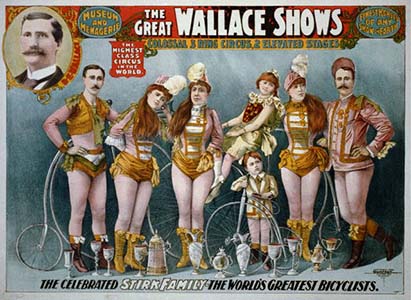
In Bleistein v. Donaldson Lithographing Co., the Supreme Courts upholds copyright in circus posters.
-
Supreme Court Rules on Perforated Piano Rolls
February 24, 1908

In White-Smith Music Publishing Co. v. Apollo Co., the Supreme Court holds that perforated piano rolls are not copies of works. Congress responds by introducing a nonexclusive right for copyright owners to make and distribute mechanical reproductions of their nondramatic musical works.
-
President Theodore Roosevelt Signs 1909 Copyright Act
March 4, 1909
A third general revision of the law extends the maximum term of protection to fifty-six years and broadens the subject matter of copyright protection. Copyright in published works is secured from the date of first publication with proper notice.
-
Motion Pictures Protected
August 24, 1912
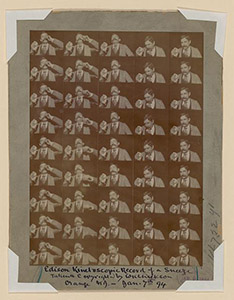
Copyright protection is extended to motion pictures. Previously, copyright owners had to register them as a series of still photographs. Edison Kinetoscopic Record of a Sneeze, registered in 1894, is the oldest surviving motion picture deposited as still photos.
-
First Motion Picture Is Registered
September 12, 1912
Republic Film Company registers Black Sheep’s Wool.
-
United States Joins First International Copyright Treaty
July 13, 1914
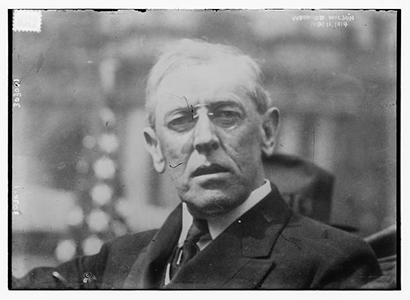
President Woodrow Wilson proclaims U.S. adherence to the Convention on Literary and Artistic Copyright, signed in Buenos Aires by the United States and 19 Central and South American states.
-
Supreme Court Decision Leads to Music Licensing
January 22, 1917
In Herbert v. Shanley Co., the Supreme Court rules that a New York City restaurant has to pay royalties for music it plays to entertain diners. The decision gives ASCAP the legal backing it needs to pursue licensing of music users.
-
Second Register of Copyrights Is Appointed
June 4, 1934

William Lincoln Brown, a veteran of the Copyright Office, is appointed Register.
-
Third Register of Copyrights Is Appointed
August 1, 1936
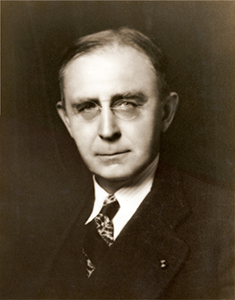
Clement Lincoln Bouvé is the first lawyer to serve as Register.
-
Supreme Court Rules on Registration and Timing of Lawsuits
January 30, 1939
In Washingtonian Publishing Co. v. Pearson, the Supreme Court holds that once copyright is secured by publication with proper copyright notice, the right to bring suit is not impaired by a delay in registering.
-
Prints and Labels to Be Registered in Copyright Office
July 31, 1939
An act is approved to transfer registration of commercial prints and labels from the Patent Office to the Copyright Office effective July 1, 1940.
-
Fourth Register of Copyrights Is Appointed
February 1, 1945
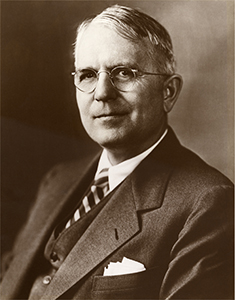
Sam Bass Warner streamlined Office operations and made legal training a prerequisite for some copyright examining positions.
-
Copyright Law Incorporated into U.S. Code
July 30, 1947
Copyright law is codified as Title 17 of the United States Code.
